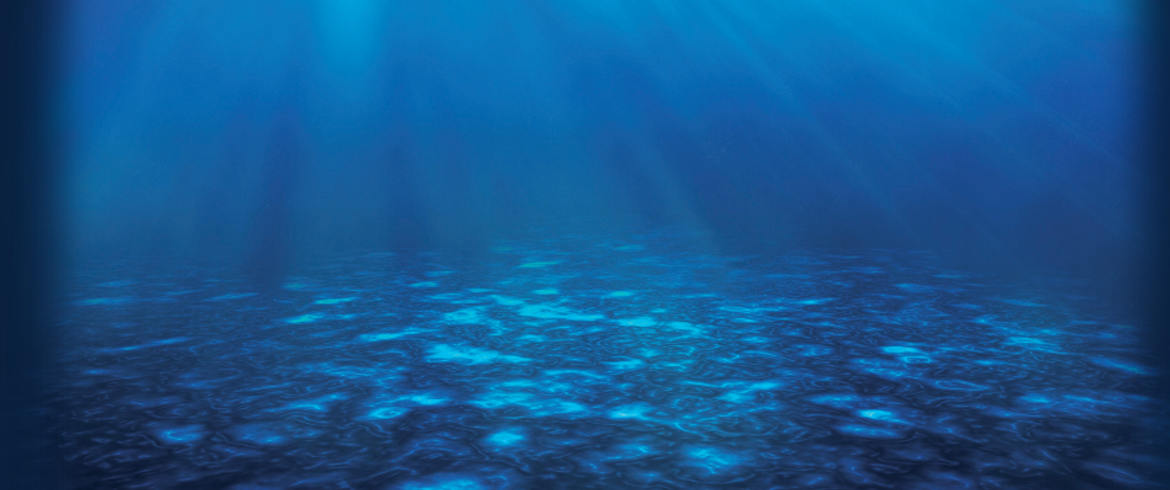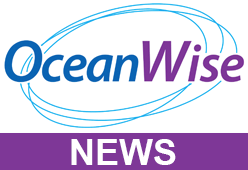Independent marine data management, publishing and GIS specialist, OceanWise held its Marine GIS Workshop in London on Tuesday 18th November at the School of Economic Science to great acclaim! The free-to-attend event, themed ‘the innovative use of GIS as a powerful toolset to achieve best practice’ was full to capacity with over 80 delegates registering.
Dave Morris (Cefas) got the day got off to a great start by challenging the marine scientific community to consider ‘linking’ marine data by building on the good work already done with ‘open’ data. Using the ‘six degrees of separation’ paradigm, Dave explored the chain effect ‘of a friend of a friend’ and how that relates neatly into marine geographic data speak when discussing, for example, a fish species and its potential links to, for example; sea area, bathymetry, habitat, sex, size and catch monitoring! He concluded that, at present, it is a “bridge too far” for GIS users to provide a satisfactory outcome…but it will! API developers…where are you?
Mike Osborne gave an update on the Marine Environmental Data and Information Network (MEDIN) plans to push forward on developing core reference data layers that underpin most marine activities, most of the time. Richard Farren (OceanWise) showed how sharing and publishing real-time data on the web is capturing the imagination of hydrographic and oceanographic stakeholders whilst Jonathan Craig (Peel Ports Group) showed with video streams, a real life situation of how, by creating port Electronic Navigational Charts (pENC) for Portable Pilot Units, the pilots in Clydeport were recently able to safely tow a large bulk carrier, damaged offshore in a storm, to safety within the River Clyde.
Colin Henderson (Atkins) gave a demonstration of the public facing Marine Scotland National Marine Portal (NMPi) and the innovative way in which data, web services and IT infrastructure meld to provide a simple intuitive interface understood by professionals and citizens alike.┬áPresentations by ABPMer and Fugro EMU showed how, by using GIS with OceanWise Marine Themes data as an enabler, offshore projects can be delivered more efficiently and effectively. Jon Iliffe (UCL) updated us on the workings of the UK Vertical Offshore Reference Frame (VORF) and its recent expansion as a (lower resolution) global model known as V-CAT allowing computations from offshore to 12 nautical miles from the coast. To round the day off, Claude Yvon (Geomod) demonstrated, using Marseille harbour as a case study, their ePilotBook – a multi-platform web application for port pilots.
Feedback has been extremely positive so we will be repeating the event in November 2015 – hope to see you there.
Back to News






